Heavy May Day under Yaroslav
On May 1, the German-Austrian command discovered the withdrawal of units of the 21 and 12 army corps from the Przemysl area, which were replaced by units of the 8 army. This reshuffle was regarded as a withdrawal of Russian troops, and the command of the German 11 Army ordered to accelerate the offensive, despite the approved period of attack - May 4.
The first strike is repelled.
On May 1, the units of the Russian 10 and 24 of the army corps had to repel the attack of the Germans and the Austrians on the bridgeheads of the cities of Lezajsk and Yaroslav.
At the position of the 10 Army Corps, they attacked the enemy infantry division in the direction from Sokolow to Křeszów and from Zholynya to Lezajsk.
A brigade of infantry was advancing into the 3-th Caucasian Army Corps combat station in the direction of Jagiella-Lezakhov.
At the front of the 24 Army Corps, after shelling heavy artillery with the city of Yaroslav, about 17 hours at the northern part of the bridgehead at Yaroslav, from Pelkine Stavka, the offensive of the 3 infantry regiments began, supported by intensive artillery fire. The offensive was stopped by Russian fire — artillery from the right bank beat into the enemy’s flank, while infantry fired from the front. After dark, the enemy began digging in front of the Russian positions.
The attacks of the enemy 1 on May were repulsed.
But an unfavorable circumstance was that on the night of 2 on May, parts of the 10 Army Corps left Lezajsk and moved to the right bank of the r. San, blowing up the bridges. The dispatch of the headquarters of the 10 Corps reported: “All three attacks were repelled, the latter being repelled by the bayonets of the Danube Regiment (249 Infantry Danube Regiment 63 Infantry Division - AO.), who switched to the counterattack, which enabled our infantry, located on the left bank of the Sanaa, to quietly withdraw to the right bank. The abutments of the bridge closest to the enemy were blown up, the rest are still burning. ” The commander of the 3 Army informed the front commander of the details of this enemy attack: “At night, the enemy made a series of violent attacks on Lezakhov and Yaroslav from the north. General Tsurikov (cavalry general A.A. Tsurikov - commander of the 24 Army Corps - A.O..) I had to put all my reserve into action. At his request, I reinforced him with one regiment of my reserve of the 45 division. The 2 of the Hannover Regiment, which had just arrived from Ypres, took part in the attacks on the Lezakhovs. On all it is clear that the enemy has set a goal to achieve major success on Sana'a. ... such success can greatly affect the course of the entire campaign, and I only have the entire 3 regiment in reserve to power the entire left section from Lezakhov to Przemysl ... ”.
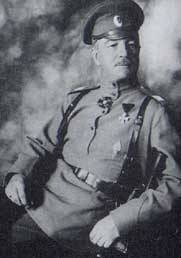
The commander of the 24 Army Corps, cavalry general A. A. Tsurikov
Only on the 2 day of the battles on Sana'a the High Command saw the weakness of the positions near Yaroslav and belatedly decided to take measures to strengthen them. The Chief of Staff of the Supreme Commander General of Infantry N. N. Yanushkevich in a dispatch from 11 hours 50 minutes 2 May notified the command of the South-Western Front: “The immediate tasks now assigned by the Supreme Commander to the army of the South-Western Front are to firmly establish the 4, 3, 8 and 11 armies in the positions planned for them, persistently continuing the attack of the 9 army in order to secure the Prut river flow from Delatyn to the Romanian border, and if possible - establish yourself on the front those Delatyn, Kutta, Storozhynets, Rădăuţi. The Supreme Commander draws your attention to the following measures, the implementation of which is recognized by His Highness to be absolutely necessary.
1) It is now imperative to demand from the commanders of the armies that they begin without delay the actual development and improvement in engineering of those positions which should form the front of the armies. These positions should be given the necessary depth and a strong interconnection between their individual sections.
2) It is necessary now to take measures to ensure these positions with heavy weapons, selecting those from Przemysl and even from Brest, to the extent that they expected to receive tools into the last of these fortresses to be expelled by order of the General Directorate General Headquarters.
3) It is absolutely necessary to immediately begin work on securing the most important local frontiers in the rear, considering the paths to Brest for the 4 and 3 armies and for the rest of the armies to the borders with the Kiev military district.
Positions on the rear paths should be in close connection with each other and represent one common system. To achieve this, it is necessary to develop a plan for preparing the rear engineeringly, with its distribution to the work queues, at the front headquarters so that, if the plan is approved, the planned work can be distributed among the armies or assigned to individual constructions. Moreover, strict control over the work to be performed by the local population and prisoners of war is necessary.
4) With the occupation of the planned positions, the Supreme Commander categorically demands persistent measures to restore the disrupted troop organization and to allocate reserves, both private and general reserves, to the reserves at your disposal, inclusive.
5) Arrangements are made for the speedy delivery at your disposal of staffings. It is also meant to send several newly formed batteries.
The Supreme Commander expects that on the ground all measures will be taken for the speediest completion of those units that suffered the most severe losses, so as not to upset the personnel that remained in them. Perhaps, the corresponding parts to be staffed will be ordered to be alternately diverted to the rear in order to enable them to rally in an environment that is more or less calm. The Supreme Commander expects that all the above measures will be carried out with swiftness and uncompromising persistence in order to increase the combat capability of the armies entrusted to you in the shortest possible time. ”
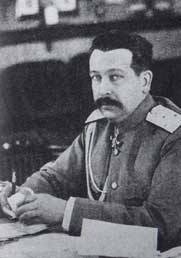
Chief of Staff of the Stavka General of Infantry N. N. Yanushkevich
But it was too late.
On May 2, the Russian military intelligence obtained an operative order of the enemy containing the plan of the main attack of the German 11 Army on Yaroslav. As a result, and on this day the Germans and Austrians were repulsed on almost the entire front of the Russian 3 th army.
"Peaceful" inhabitants of Yaroslav
The situation was complicated by the positions of the 24 Army Corps near the city of Yaroslav.
In the morning, several enemy attacks on the Yaroslavl bridgehead were repulsed by units of the 62 Infantry Division, but enemy units began to concentrate between the r. San and railway Przvorsk-Yaroslav. The army commander in the dispatch to the commander of the 21 Army Corps ordered the latter to tighten the corps reserve to the right flank of the corps to support the 24 Army Corps if necessary.
RD Radko-Dmitriev reaffirmed to the commander of the 24 Army Corps a “firm decision” to be kept on the left bank of the San by any means.
All day on 2, the enemy's heavy artillery crushed the positions of the 24 Army Corps, filling Russian trenches with shells and inflicting heavy losses on their defenders. The enemy, concentrating up to three corps (German Guards, 41-th reserve, Austrian 6-th army), swept the Russian part from three sides. Artillery struck Russian troops on the bridgehead not only from the front, but also on the flank, and in the northern combat sector - even to the rear.
The Russian artillery officer of the 24 Army Corps celebrated May 2: “I am writing on the battery to the incessant thunder of the German Guard attacks we are fighting off. Ahead, in Vetlin, the huts all the time light up. Earthen fountains of bursting heavy shells now and then rise steeply. ”
By the end of the day, the enemy attacked the 24 Army Corps with three divisions - the attack was met with fire, the Russian batteries of the right bank shot the enemy in the flank. The first attack was repelled with heavy losses for the enemy.
By evening, the Germans and Austrians repeated the attack, displacing parts of the 62 Infantry Division, which began to retreat towards the city at nightfall. Russian artillery in this battle suffered in the personnel significant losses.
In Yaroslav, “peaceful” residents fired on Russian troops. Signals were given in the city to indicate to the enemy the locations of the Russian headquarters and reserves. Receiving the appropriate orientation, the artillery of the enemy immediately shot the specified objects.
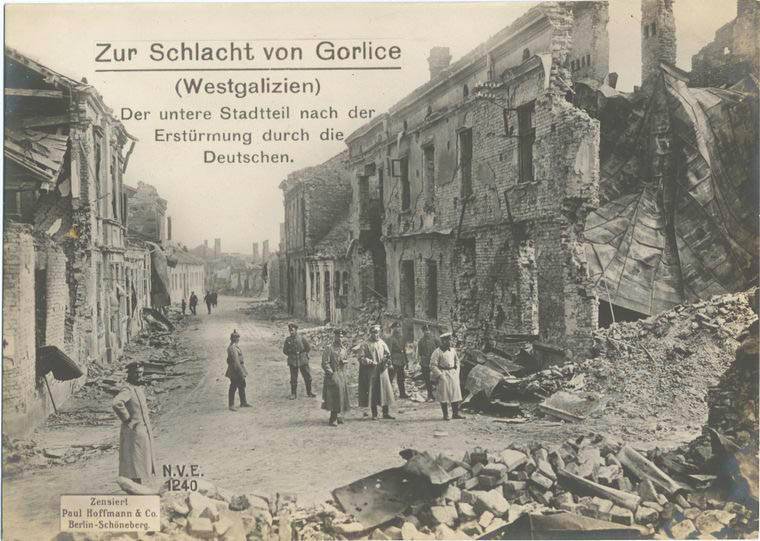
The commander of the 3 Army personally supervised the defense of the city, an army reserve was thrown here (the 45 Infantry Division and three regiments from the 21 Army Corps). But the enormous numerical superiority of the enemy (more than two corps with powerful artillery), acting against the battered 24 Army Corps, led to the abandonment of Yaroslav - after fierce street fighting on the night of 3. Corps went over the river. San
To be continued ...
- Oleynikov Alexey
- Battle of Yaroslav. Key position of the Third Army
Battle of a Polish city with a Russian name. CH 1. Bridgehead at Yaroslav
The 3 Caucasian Corps is on the path of a strategic hurricane. Part of 4. Calculations and prospects
The 3 Caucasian Corps is on the path of a strategic hurricane. Part of 3. Day of disaster
The 3 Caucasian Corps is on the path of a strategic hurricane. Part of 2. The backbone of the army group
The 3 Caucasian Corps is on the path of a strategic hurricane. Part of 1. Elite entered into battle
Under the blow "ram" Mackensen
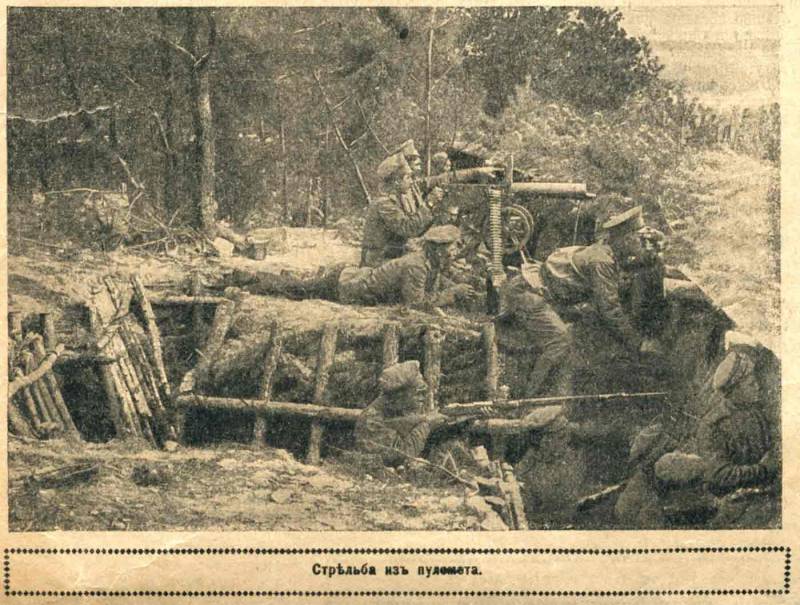
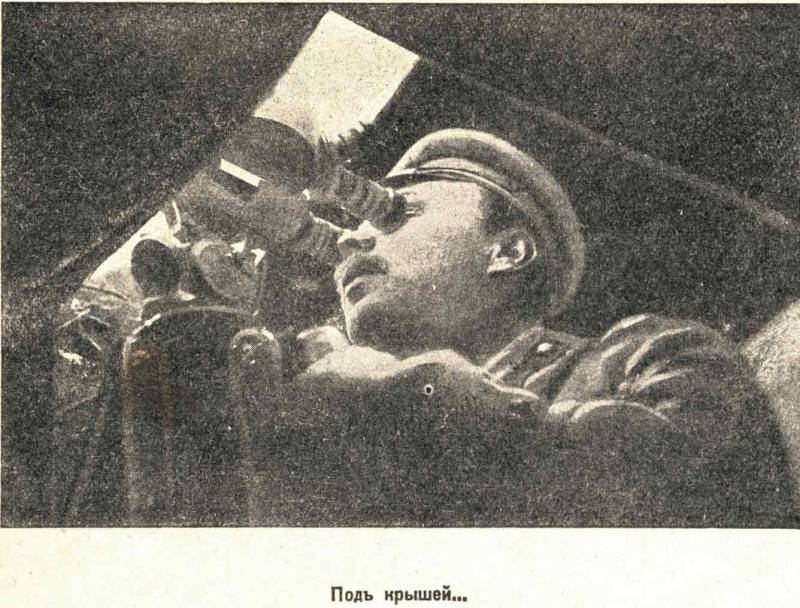
Information